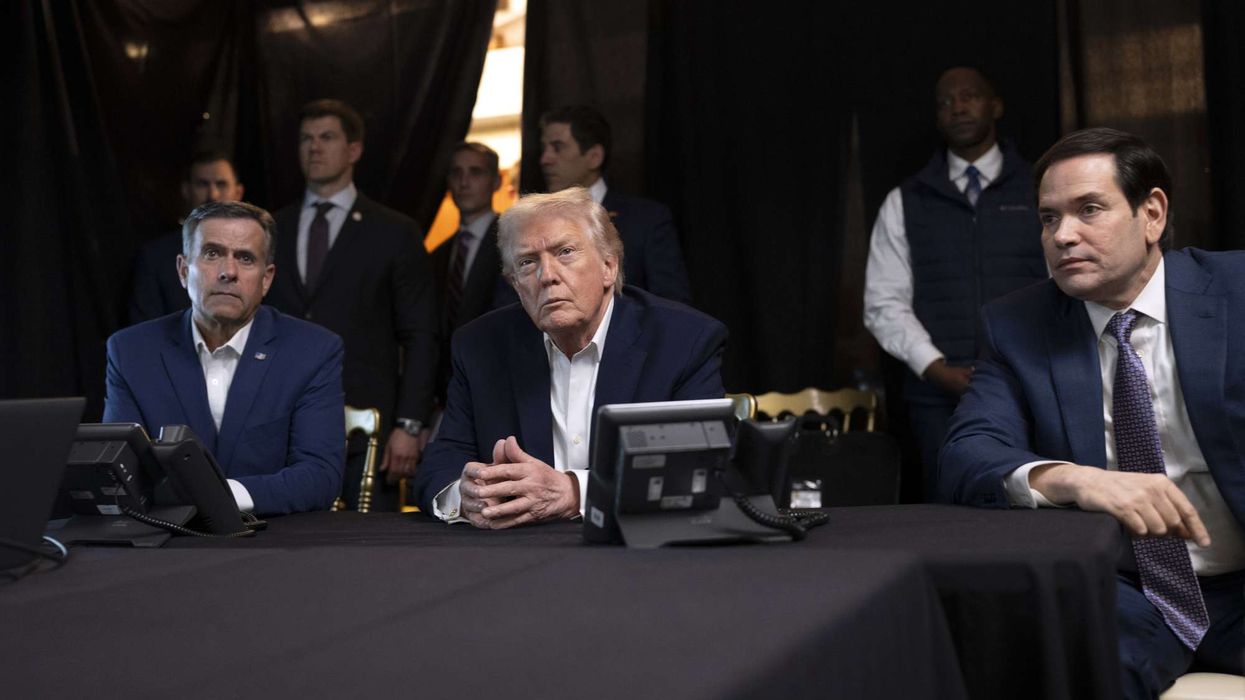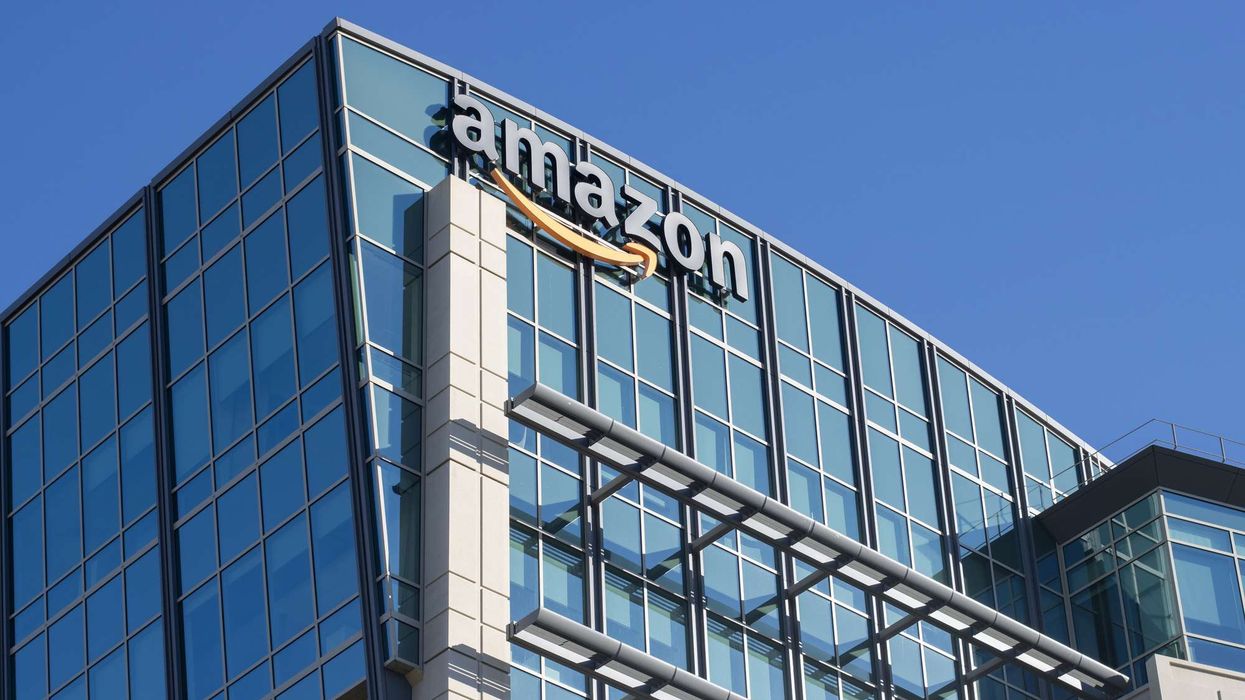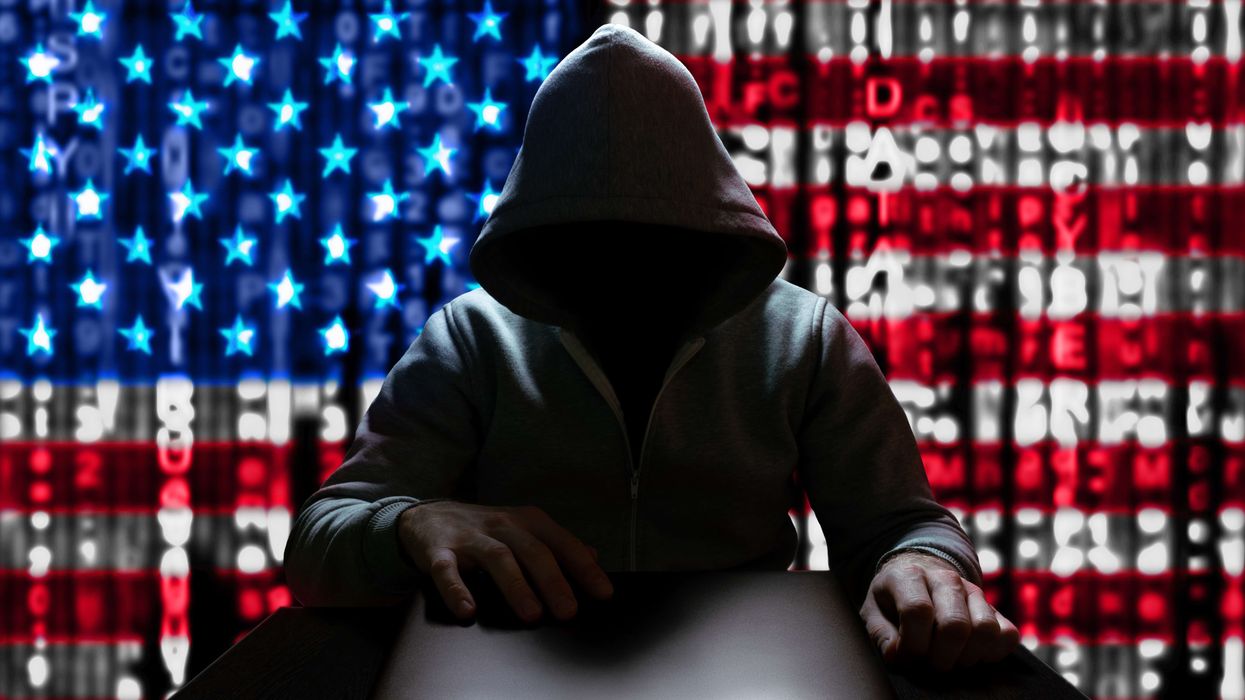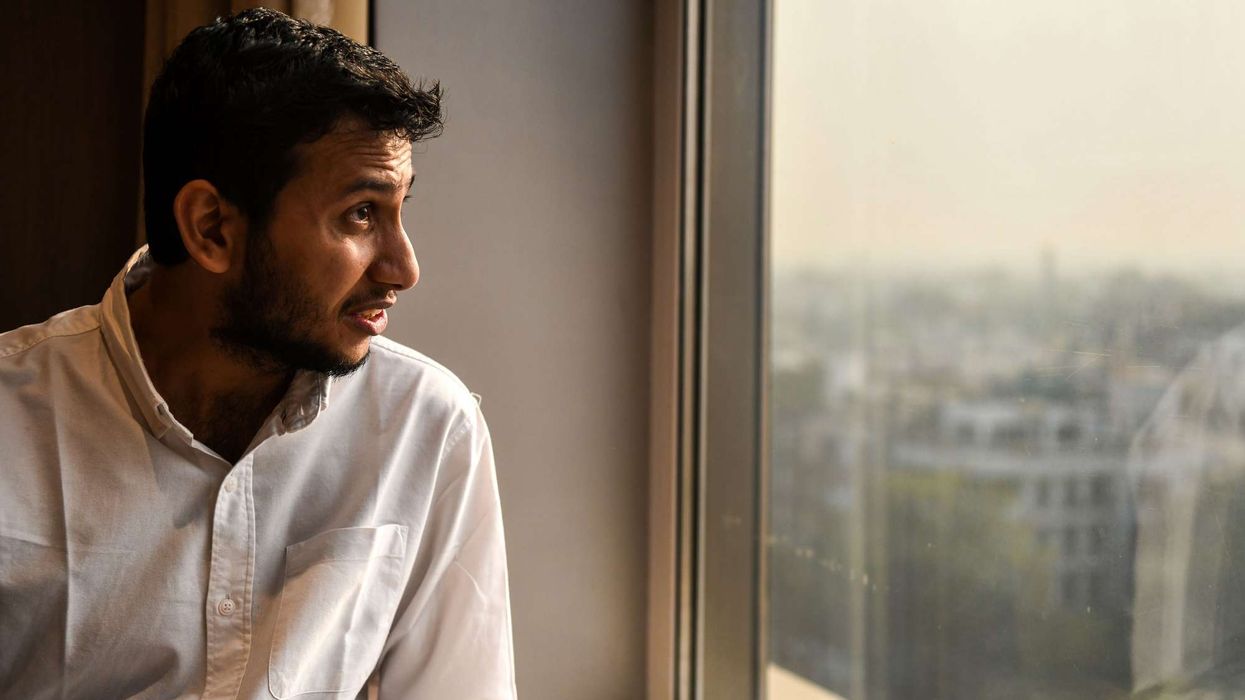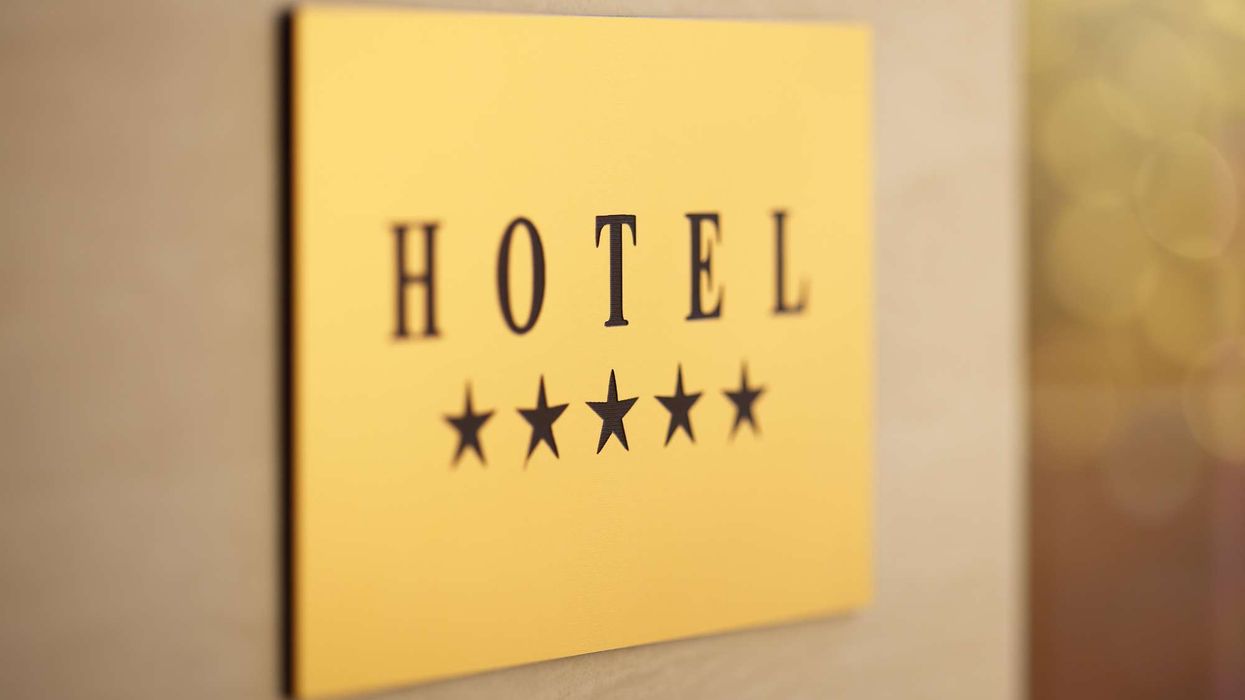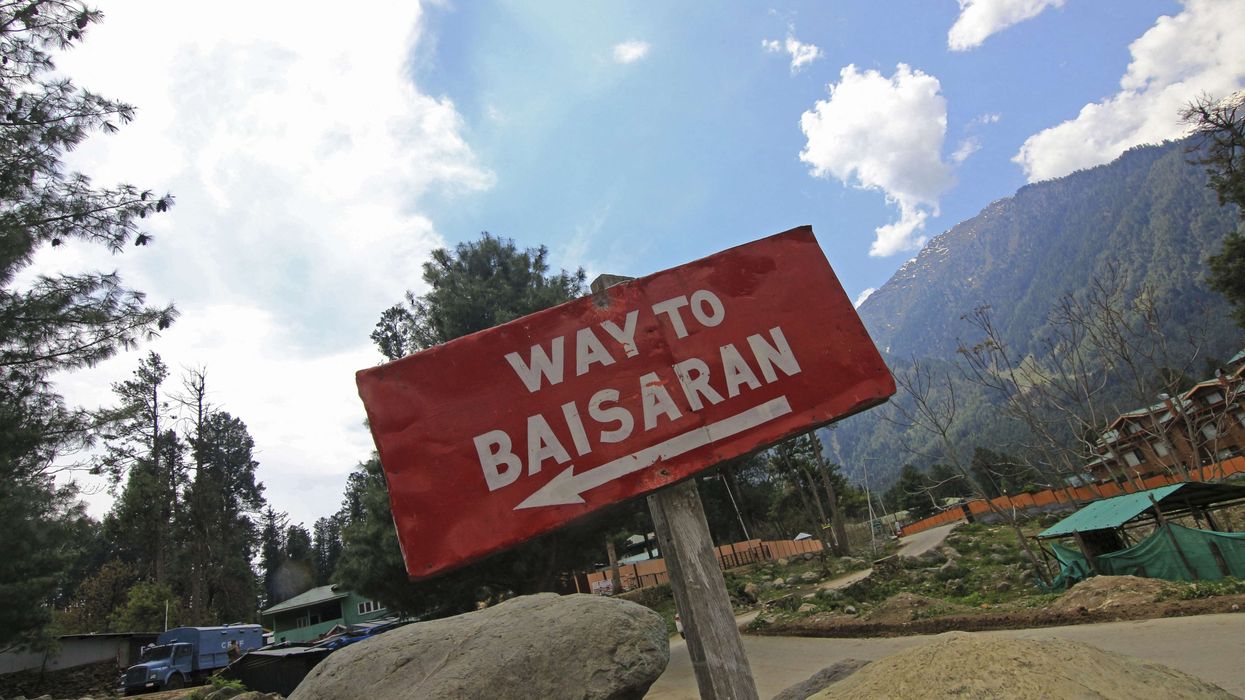THE U.S. GENERAL Services Administration has released its fiscal year 2021 per diem rates for federal government travelers. Government travel is important to the hospitality industry and the new rates could benefit hotels suffering from the COVID-19 economic downturn according to the American Hotel & Lodging Association.
Under the new rates, which will take effect in October, the standard continental U.S. lodging rate will remain unchanged at $96 and the meal and incidental expense per diem tiers also will stay at $55 to $76, according to GSA. The maximum lodging allowance for 319 Non-Standard Areas will receive a higher than the standard allowance.
“By law, GSA sets these rates annually. Based on local market costs of mid-priced hotels, lodging per diem rates provide caps, or maximum amounts, that can be reimbursed to federal employees for lodging and meals while on official travel,” GSA said in a statement. “As an additional savings measure, GSA’s lodging per diem rate methodology includes taking five percent off of the final average daily rate in each location.”
The GSA considered the impact of the COVID-19 pandemic when setting the rates, said Chip Rogers, AHLA president and CEO, in a statement.
“Government travel is incredibly important to the hotel industry. Traditionally, it supports tens of thousands of jobs, and billions in travel spending that benefits communities across the country,” Rogers said. “Government per diem rates are also often used as a guide by other businesses and organizations in setting their travel standards. That’s why it’s so important that we establish fair and reasonable rates, especially at a time when our industry is fighting for survival.”
The fiscal year 2021 data window for rate setting has been adjusted by one month, according to AHLA, making it March 2019 to February 2020 rather than starting in April 2019.
“The reality is, due to the devastating impact of COVID-19, 2020 is projected to be the worst year on record for hotel occupancy. Industry experts estimate it will be early 2023 before hotels return to their previous occupancy, rate and revenue levels,” Rogers said. “We appreciate the GSA’s work to ensure fair and reasonable per diem rates for FY2021, and we look forward to welcoming back our government guests as travel resumes.”
Last year a study from CBRE Hotels Research discovered that changes in per diem rates offered by hotels based on federal guidelines had little effect on the number of nights stayed by government workers or on their choice of location.



